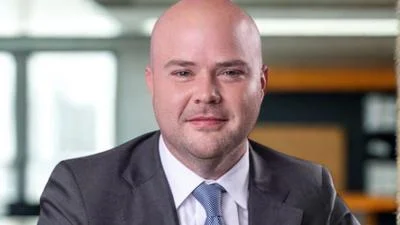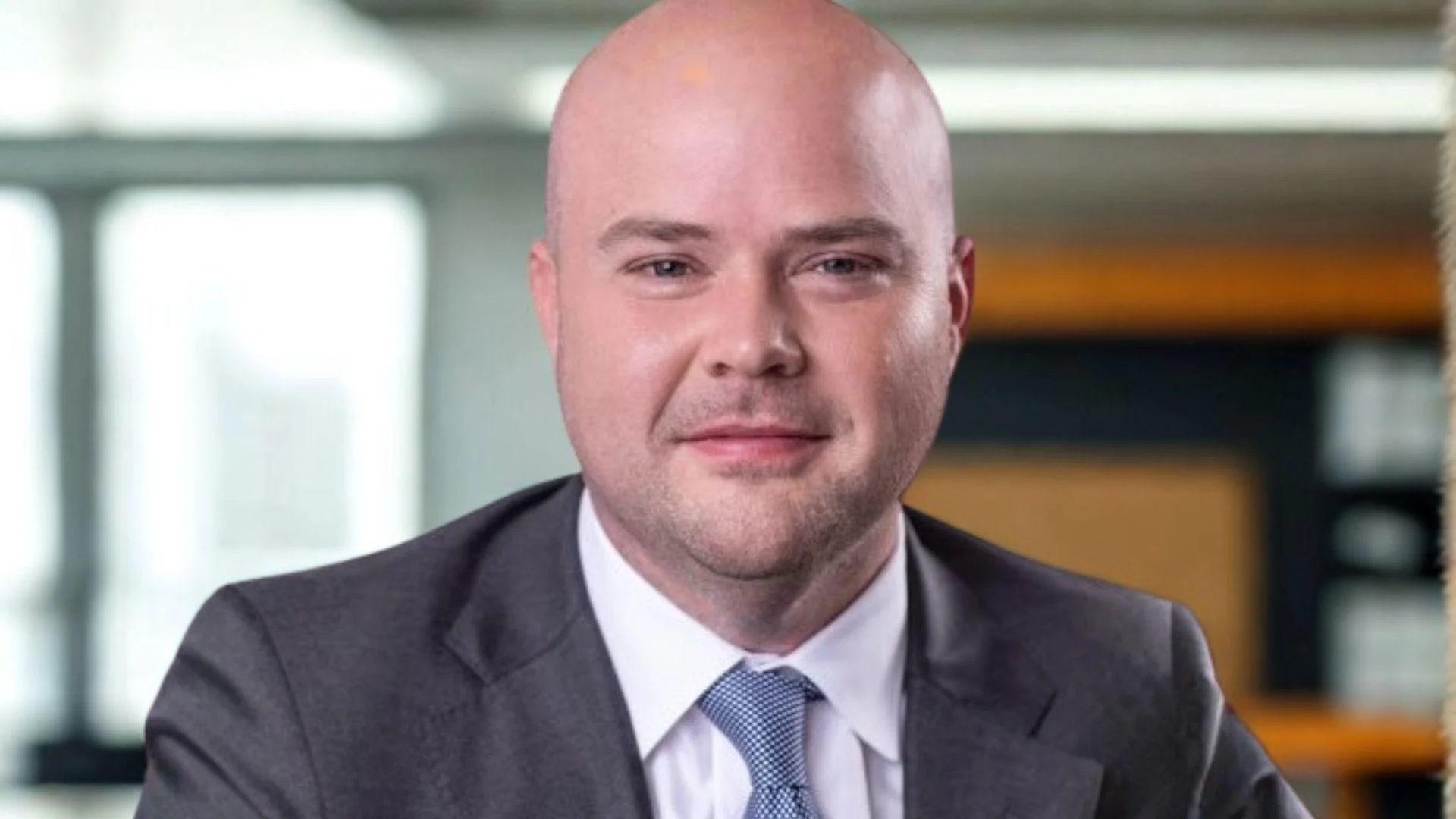The cost of generic prescription drugs rose at a much slower rate than brand name drugs in 2016, according to an annual national drug index released by Truveris.
According to that report, the cost of brand name drugs increased by 12.92 percent, while generics increased by only 0.32 percent. The cost of specialty medicines rose 7.93 percent.
The overall cost of prescription drugs rose by almost 9 percent last year.
"Year over year, generic prices go down, and patients and government programs realize tremendous savings – a quarter of a trillion dollars last year alone," Allen Goldberg, vice president of communications with the Association for Accessible Medicines, formerly known as the Generic Pharmaceutical Association, told American Pharmacy News. "We are the only deflationary sector in health care, freeing up patients to pay for other health care needs and life’s essentials."
It may be hard to find any other industrial sector that shares this phenomenon, he added.
"The increases in brand and specialty drugs reinforces the need to enhance generic and biosimilar competition," Goldberg said. "It is imperative that we see an end to anti-competitive behavior by some brand companies if they truly stand behind their public statements recognizing the need for more generics and biosimilars in the marketplace to control costs overall."
Truveris reported the most recent annual increase means the average over three years is 9.98 percent.
"This continued trend reflects a growing concern about the affordability of prescriptions," said AJ Loiacono, Truveris' co-founder and chief innovation officer of Truveris, which brands itself as a technology company focused on reducing costs across the prescription drug industry. "The actual inflation of drug prices is softened by insurance carriers and benefit managers who report overall trends. The underlying price inflation is masked by rebates, reduced compound dispensing, and lower utilization of hepatitis C drugs. Actual drug price inflation hurts the patient the most, especially individuals with high deductibles, coinsurance or no insurance at all."











 Alerts Sign-up
Alerts Sign-up